Fava beans, also known as broad beans, are a culinary treasure celebrated for their buttery texture, earthy flavor, and nutritional richness. Packed with protein, fiber, and essential vitamins, they are a staple in Mediterranean, Middle Eastern, and global cuisines. However, their freshness is fleeting, and improper storage can lead to spoilage, texture loss, or flavor degradation. Whether you’ve harvested them from your garden, purchased them at a farmers’ market, or stocked up during peak season, mastering the art of preserving fava beans ensures you can enjoy their delightful taste and health benefits year-round. This comprehensive guide explores science-backed methods, common pitfalls to avoid, and creative solutions to keep your fava beans as fresh as the day they were picked.
Understanding Fava Bean Freshness
Fava beans are delicate legumes that deteriorate rapidly due to biological and environmental factors. Enzymatic activity, microbial growth, and moisture loss are primary culprits behind their decline. Fresh fava beans have a vibrant green hue, firm texture, and mildly sweet aroma. As they age, they develop a grayish tint, become mushy, and emit a sour or bitter smell.
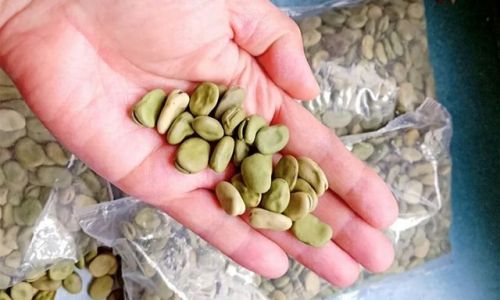
Key Enemies of Freshness:
- Moisture: Excess humidity accelerates bacterial growth and mold formation.
- Air Exposure: Oxygen triggers oxidation, leading to nutrient loss and discoloration.
- Temperature Fluctuations: Warm environments speed up enzymatic reactions and spoilage.
Immediate Post-Harvest Handling
The clock starts ticking the moment fava beans are removed from their pods. To maximize freshness, follow these steps immediately after harvest or purchase:
- Avoid Washing: Resist the urge to rinse beans until ready to use. Excess moisture promotes decay.
- Pod Separation: Gently remove beans from their thick, fuzzy pods. Discard damaged or discolored pods.
- Inspect Quality: Sort beans, discarding those with blemishes, soft spots, or off-odors.
Refrigeration: The Short-Term Solution
Refrigeration is ideal for preserving fava beans for 3–5 days. However, improper storage can shorten this window. Follow these guidelines:
-
Use Perforated Bags or Containers:
- Place beans in breathable paper bags or mesh produce bags. Avoid airtight plastic containers, which trap moisture and create a breeding ground for bacteria.
- Alternatively, line a plastic container with a dry paper towel to absorb excess humidity.
-
Maintain Consistent Temperature:
Store beans in the crisper drawer, ideally at 32–36°F (0–2°C). Avoid placing them near ethylene-producing fruits (e.g., apples, bananas), which accelerate ripening.
-
Do Not Shell Until Ready to Use:
Keep beans in their pods until cooking. The pod acts as a natural protective barrier against moisture loss and contamination.
Freezing: The Gold Standard for Long-Term Storage
Freezing is the most effective method to retain fava beans’ flavor, color, and nutrients for 8–12 months. Blanching—a brief boiling and shocking process—is critical to inactivate enzymes and bacteria that cause spoilage.
Step-by-Step Freezing Guide:
-
Blanching:
- Boil: Submerge shelled beans in boiling water for 2–3 minutes.
- Shock: Immediately transfer beans to an ice bath for 3–5 minutes to halt cooking.
- Dry: Pat beans dry with a clean kitchen towel or paper towels. Excess moisture leads to freezer burn.
-
Packaging:
- Single-Layer Freezing: Spread blanched beans on a baking sheet lined with parchment paper. Freeze for 1–2 hours until individually frozen. This prevents clumping.
- Airtight Containers: Transfer beans to vacuum-sealed bags or freezer-safe containers. Remove as much air as possible to prevent oxidation.
-
Labeling:
Date and label packages. Frozen fava beans retain peak quality for up to a year.
Alternative Preservation Methods
For those without freezer access, consider these techniques:
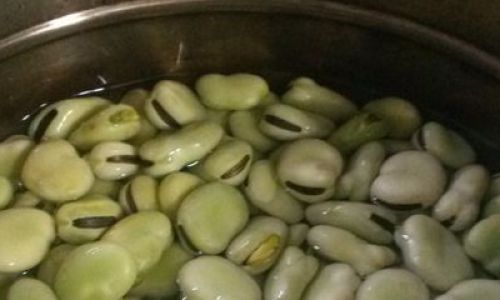
-
Dehydration:
Use a food dehydrator or oven set to 135°F (57°C). Spread shelled, blanched beans in a single layer and dry until brittle (8–12 hours). Store in airtight jars in a cool, dark place. Rehydrate before use.
-
Canning:
Pressure-can blanched beans in jars following USDA guidelines. This method requires specialized equipment but offers shelf-stable preservation for 1–2 years.
Common Mistakes to Avoid
-
Skipping Blanching Before Freezing:
Unblanched beans develop a gritty texture and off-flavors due to enzyme activity.
-
Overcrowding Storage Containers:
Cramped beans trap moisture, leading to mold. Leave ½ inch of headspace in jars and avoid overfilling bags.
-
Thawing at Room Temperature:
Rapid thawing causes texture loss. Defrost frozen beans in the refrigerator overnight or under cold running water.
Thawing and Using Frozen Fava Beans
- Refrigerator Thawing: Transfer frozen beans to the fridge 8–12 hours before use.
- Quick Thawing: Rinse bags under cold water until beans loosen.
- Cooking Without Thawing: Add frozen beans directly to soups, stews, or sautés.
Pro Tip: Frozen fava beans may lose some firmness but retain their flavor. Use them in dips, purées, or hearty dishes where texture is less critical.
Creative Storage Solutions
In resource-limited settings, traditional methods can extend freshness:
- Leaf Wrapping: In some cultures, beans are wrapped in banana leaves or damp cheesecloth and stored in cool, shaded areas.
- Sand Burial: Bury beans in a container of clean, dry sand to regulate humidity.
Shelf Life Expectations
| Method | Storage Time | Quality Notes |
|---|---|---|
| Refrigeration | 3–5 days | Optimal for raw consumption. |
| Freezing | 8–12 months | Retains flavor; texture may soften. |
| Dehydration | 1–2 years | Requires rehydration; ideal for powders. |
| Canning | 1–2 years | Shelf-stable; texture changes. |
Conclusion
Preserving fava beans is a blend of science and practicality. By understanding their biology and employing techniques like blanching, freezing, and proper refrigeration, you can savor their unique taste beyond harvest season. Whether you’re a home cook, gardener, or food enthusiast, these methods ensure that fava beans remain a versatile, nutritious addition to your kitchen. Experiment with storage solutions, avoid common pitfalls, and relish the satisfaction of enjoying fresh fava beans anytime—even in the dead of winter.
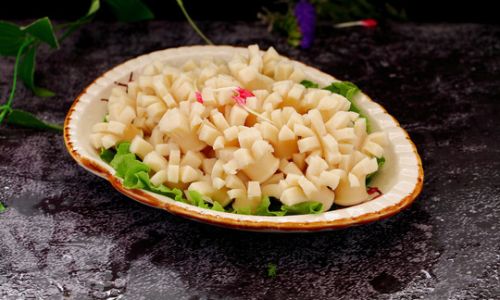

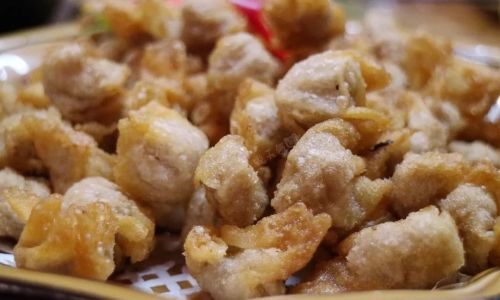
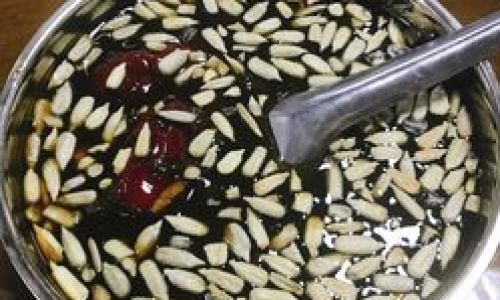

0 comments